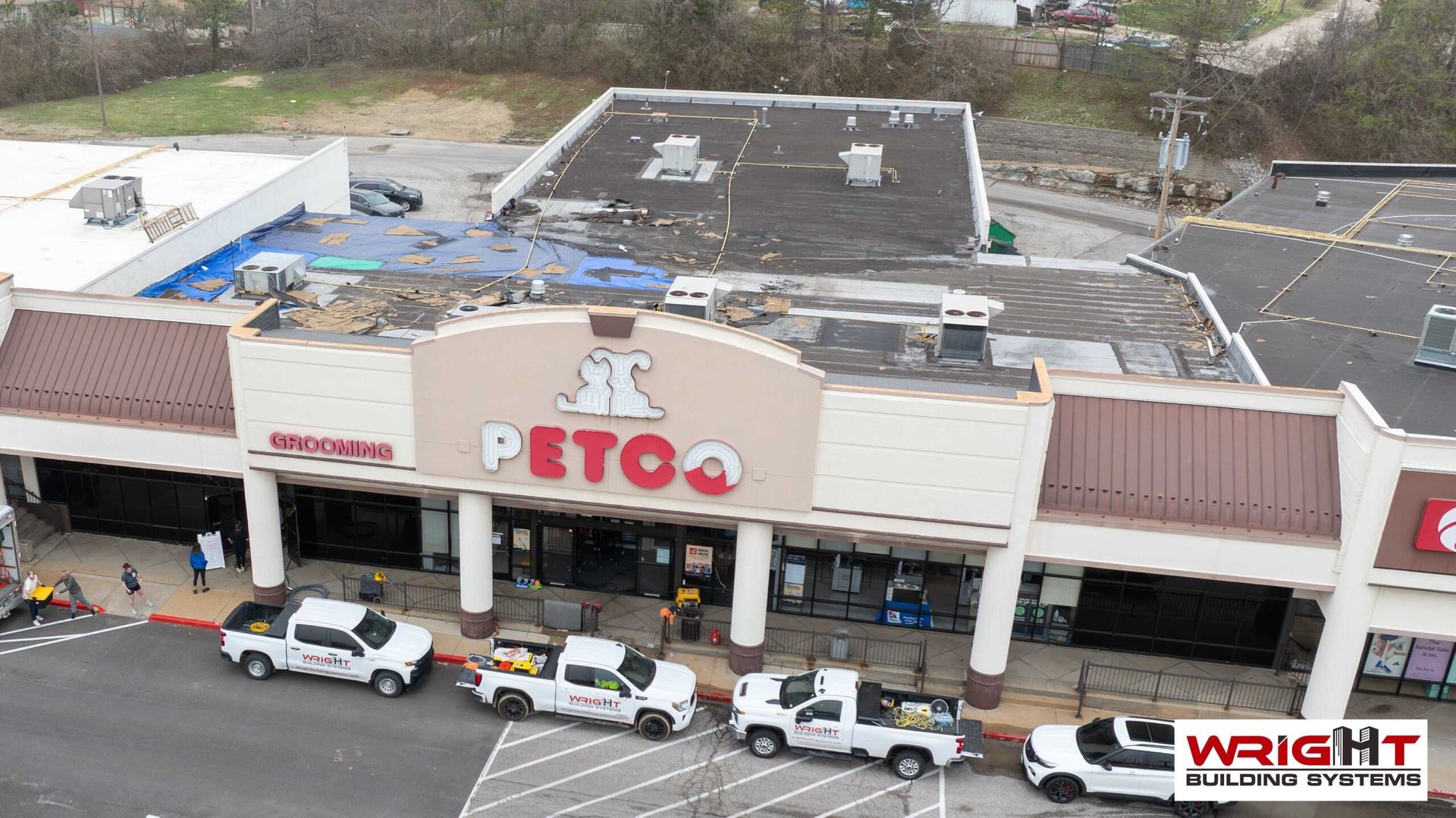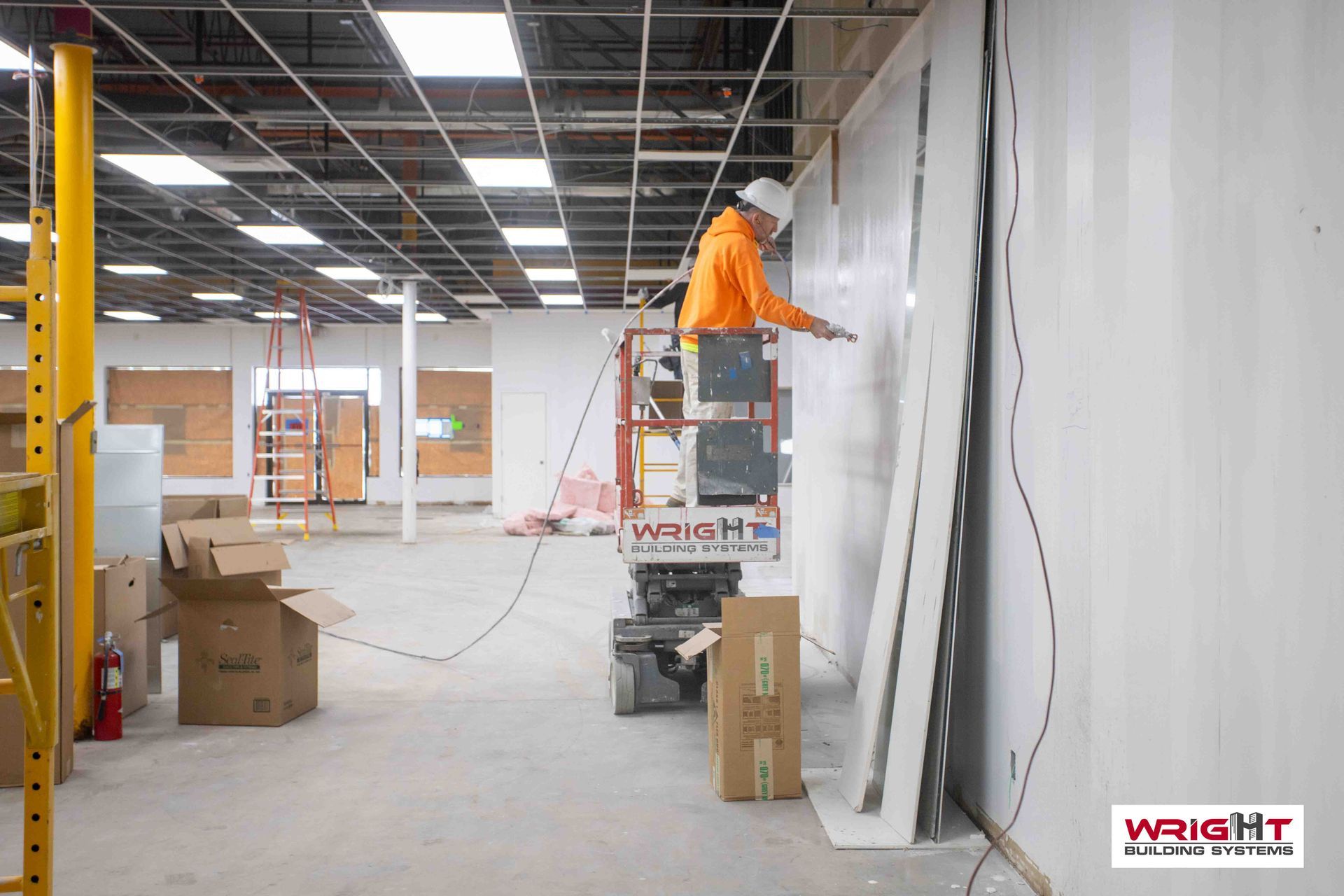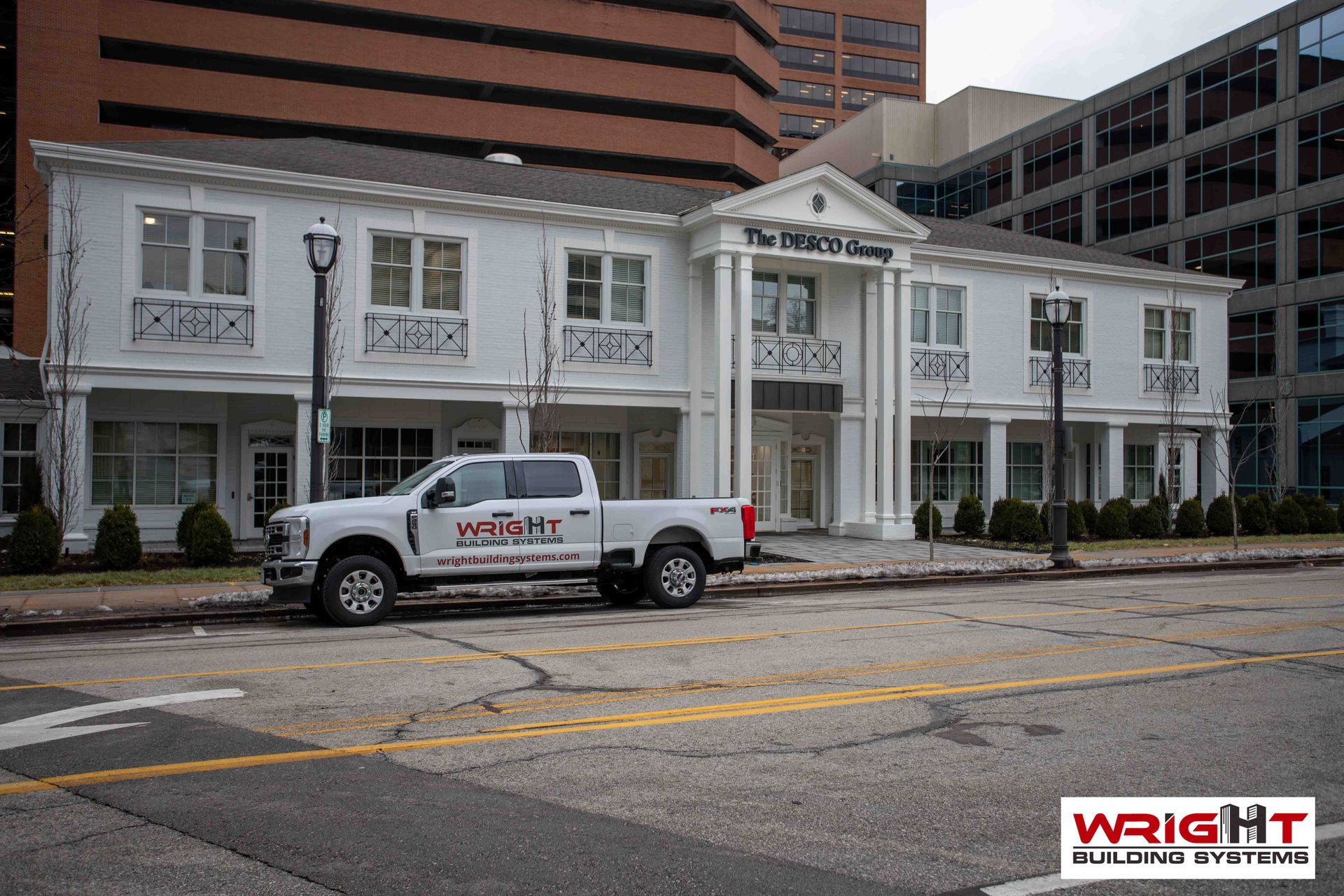Historic Building Preservation: Do's and Don'ts
As stewards of our architectural heritage, commercial construction companies specializing in historic building preservation play a vital role in ensuring that these treasures of the past continue to enrich our communities for generations to come. However, navigating the complexities of historic preservation requires a delicate balance between honoring the past and meeting the present needs. Here are five essential "Do's" and "Don'ts" for historic building projects to guide you on this journey.
The Do's
Research and Understand the Building's History
Every historic building has a story to tell, and understanding its history is paramount to successful preservation. Before embarking on any project, take the time to research the building's architectural style, original materials, and historical significance. By uncovering the building's past, you gain invaluable insights that will inform your preservation efforts and ensure that your work respects its unique heritage.
Engage with Preservation Experts
Historic preservation is a multidisciplinary endeavor that requires expertise in architecture, history, conservation, and construction. Collaborate with preservation architects, historians, and consultants specializing in historic buildings. Their knowledge and experience will help you navigate preservation regulations, address technical challenges, and make informed decisions that balance preservation goals with modern requirements.
Document and Preserve Original Features
Historic buildings are repositories of craftsmanship and architectural detail, each element bearing witness to the past. When undertaking a preservation project, prioritize documenting and preserving original features and materials. Whether it's intricate woodwork, ornate plaster moldings, or handcrafted masonry, these historic elements contribute to the building's character, and the team should conserve them whenever possible.
Adapt with Sensitivity
While historic buildings provide a link to the past, they must also meet the needs of contemporary users. When making updates or additions to a historic structure, approach the design process with sensitivity and respect for the original fabric. Seek inspiration from the building's historic character and use materials, colors, and techniques harmonizing with its architectural style. By blending the old with the new, you can create spaces that honor the past while serving the needs of the present.
Regular Maintenance and Monitoring
Preservation is an ongoing process that requires proactive care and attention. Implement a regular maintenance schedule to monitor the condition of the building and address any issues before they escalate. Regular inspections, cleaning, and repair work can help prevent deterioration and prolong the lifespan of historic materials. Investing in proactive maintenance safeguards the building's integrity and demonstrates your commitment to its long-term preservation.
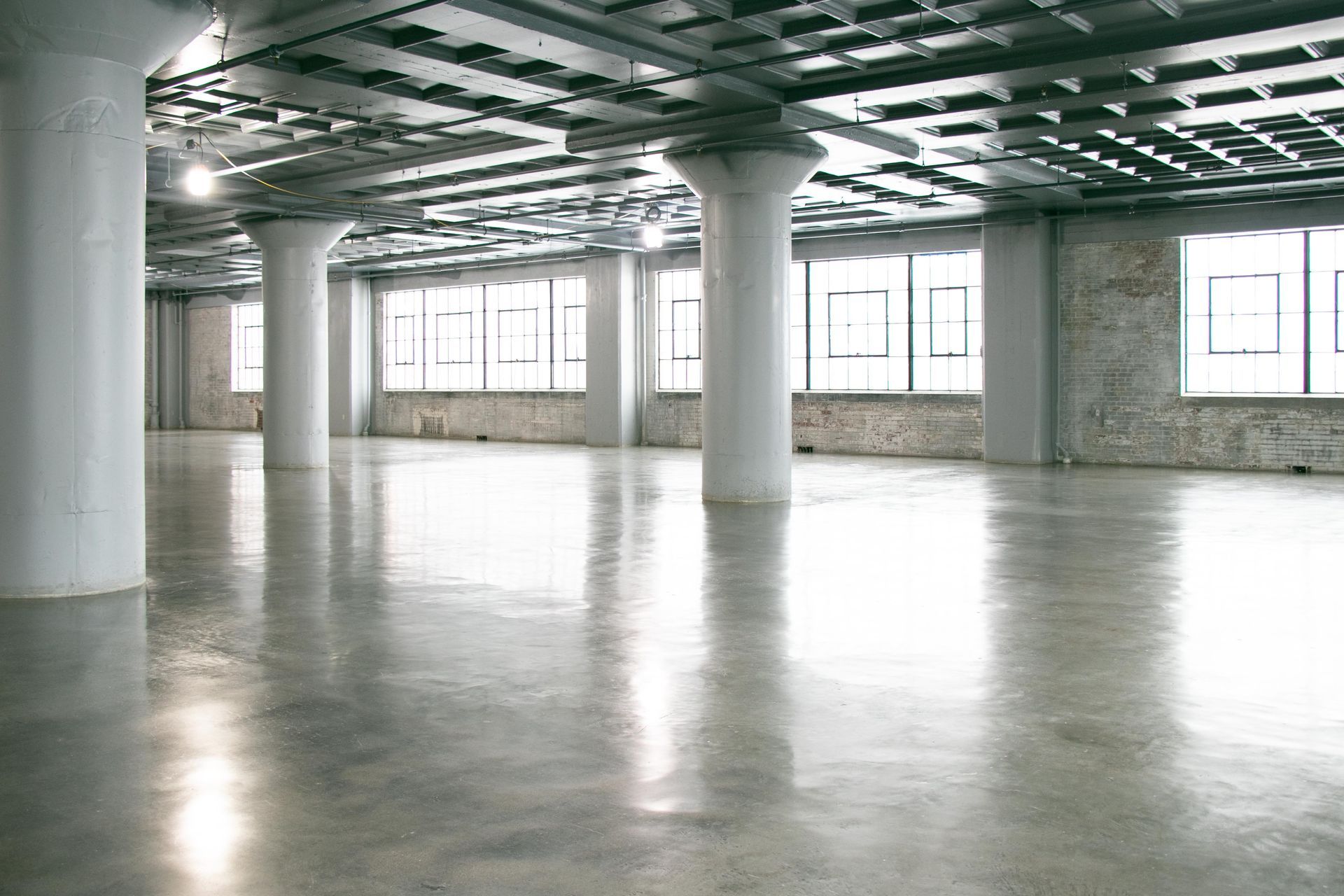
The Don'ts
Ignore Preservation Regulations
Historic preservation is governed by a complex web of regulations and guidelines designed to protect our architectural heritage. Ignoring or circumventing these regulations can have severe legal and ethical consequences. Before undertaking any work on a historic building, familiarize yourself with local, state, and national preservation laws and ensure your project complies with all applicable regulations.
Over-Modify or Alter Original Features
One of the cardinal sins of historic preservation is the over-modification or alteration of original features. Resist the temptation to impose modern design aesthetics or amenities that detract from the building's historic character. Instead, embrace the unique quirks and imperfections that give historic buildings their charm and authenticity.
Use Inappropriate Materials or Techniques
Not all materials and techniques are created equal in historic preservation projects. Avoid using modern materials or construction techniques that can irreversibly harm the building's fabric or alter its appearance. Instead, opt for traditional materials and methods compatible with the original construction and craftsmanship.
Prioritize Cost over Quality
In historic preservation, quality should always take precedence over cost. Cutting corners or sacrificing craftsmanship to save money can compromise the integrity of the building and undermine its long-term conservation. Instead, invest in high-quality materials and skilled craftsmanship that will stand the test of time and ensure the continued beauty and integrity of the building.
Lack of Community Engagement
Historic buildings are more than just architectural landmarks; they are also cherished community assets. Failing to engage with the local community and stakeholders throughout the preservation process can lead to resentment, mistrust, and opposition. Involve the community in decision-making processes, seek their input and feedback, and communicate openly and transparently about your preservation efforts. By fostering a sense of ownership and pride in the building, you can ensure its continued preservation for future generations.
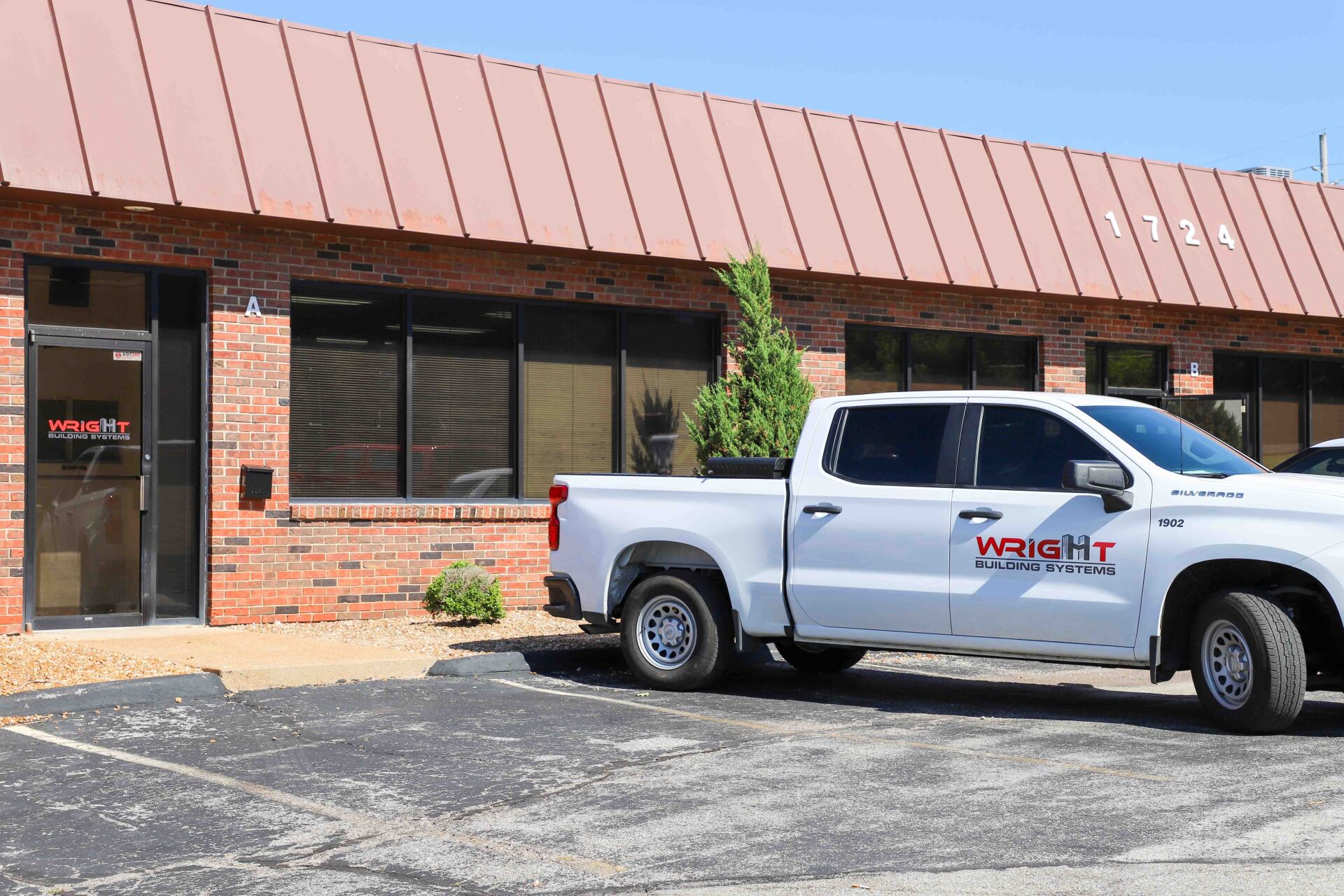
Work With Wright Building Systems
Historic building preservation is a labor of love that requires careful planning, meticulous attention to detail, and a deep respect for the past. By following these five essential do's and don'ts, commercial construction companies can ensure that their historic building projects are successful from a technical standpoint and make enriching and meaningful contributions to our shared cultural heritage. Together, we can preserve the past for the enjoyment and inspiration of future generations.
Wright Building Services understands that a successful commercial construction project isn't just about bricks and mortar; it's about careful planning, proactive risk management, and a commitment to excellence. By addressing financial, design, scheduling, and compliance risks, our team ensures that we execute each project seamlessly, meeting client expectations and delivering outstanding results.
Get in touch with us today if you are looking to preserve your historic property!

